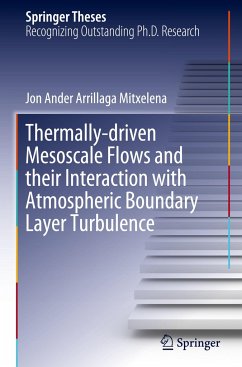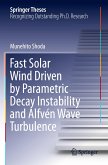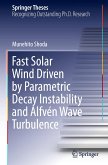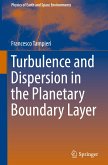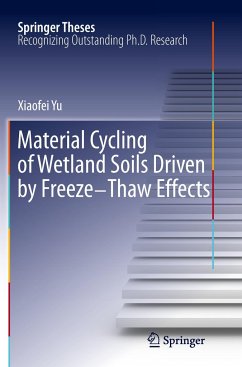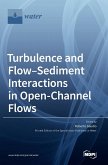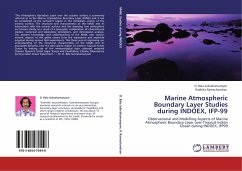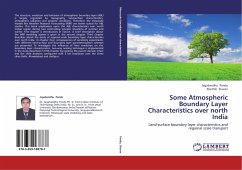This book presents developments of novel techniques and applies them in order to understand the interactions between thermally driven mesoscale flows (sea and mountain breezes) and the turbulent exchange within the atmospheric boundary layer. These interactions are not accurately reproduced in the meteorological models currently employed for weather forecasting. Consequently, important variables such as air temperature and wind speed are misrepresented. Also, the concentrations of relevant greenhouse gases such as CO2 are considerably affected by these interactions.
By applying a systematic algorithm based on objective criteria (presented here), the thesis explores complete observational databases spanning up to 10 years. Further, it presents statistically significant and robust results on the topic, which has only been studied in a handful of cases in the extant literature. Lastly, by applying the algorithm directly to the outputs of the meteorological model, the thesis helpsreaders understand the processes discussed and reveals the biases in such models.
By applying a systematic algorithm based on objective criteria (presented here), the thesis explores complete observational databases spanning up to 10 years. Further, it presents statistically significant and robust results on the topic, which has only been studied in a handful of cases in the extant literature. Lastly, by applying the algorithm directly to the outputs of the meteorological model, the thesis helpsreaders understand the processes discussed and reveals the biases in such models.

